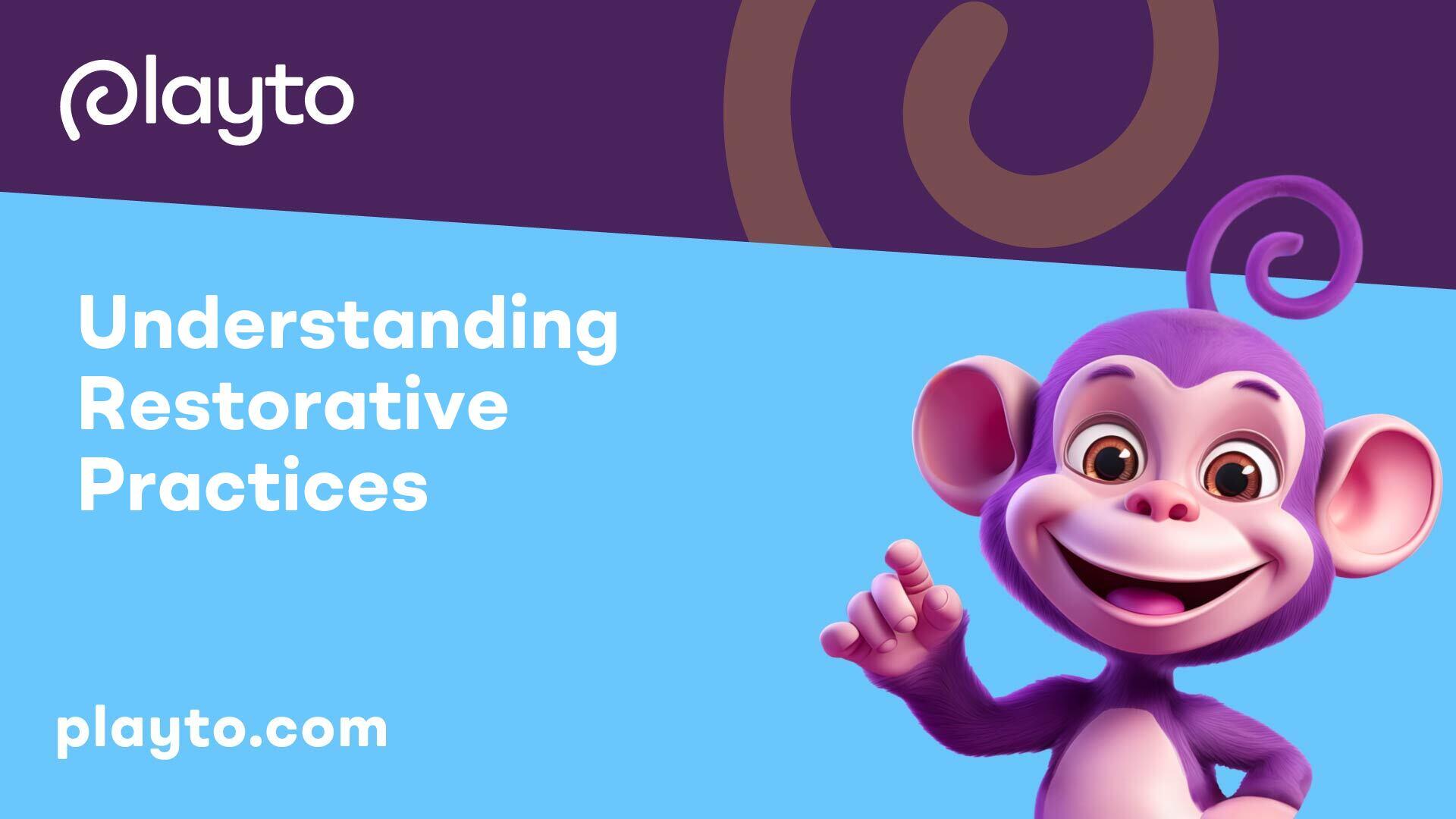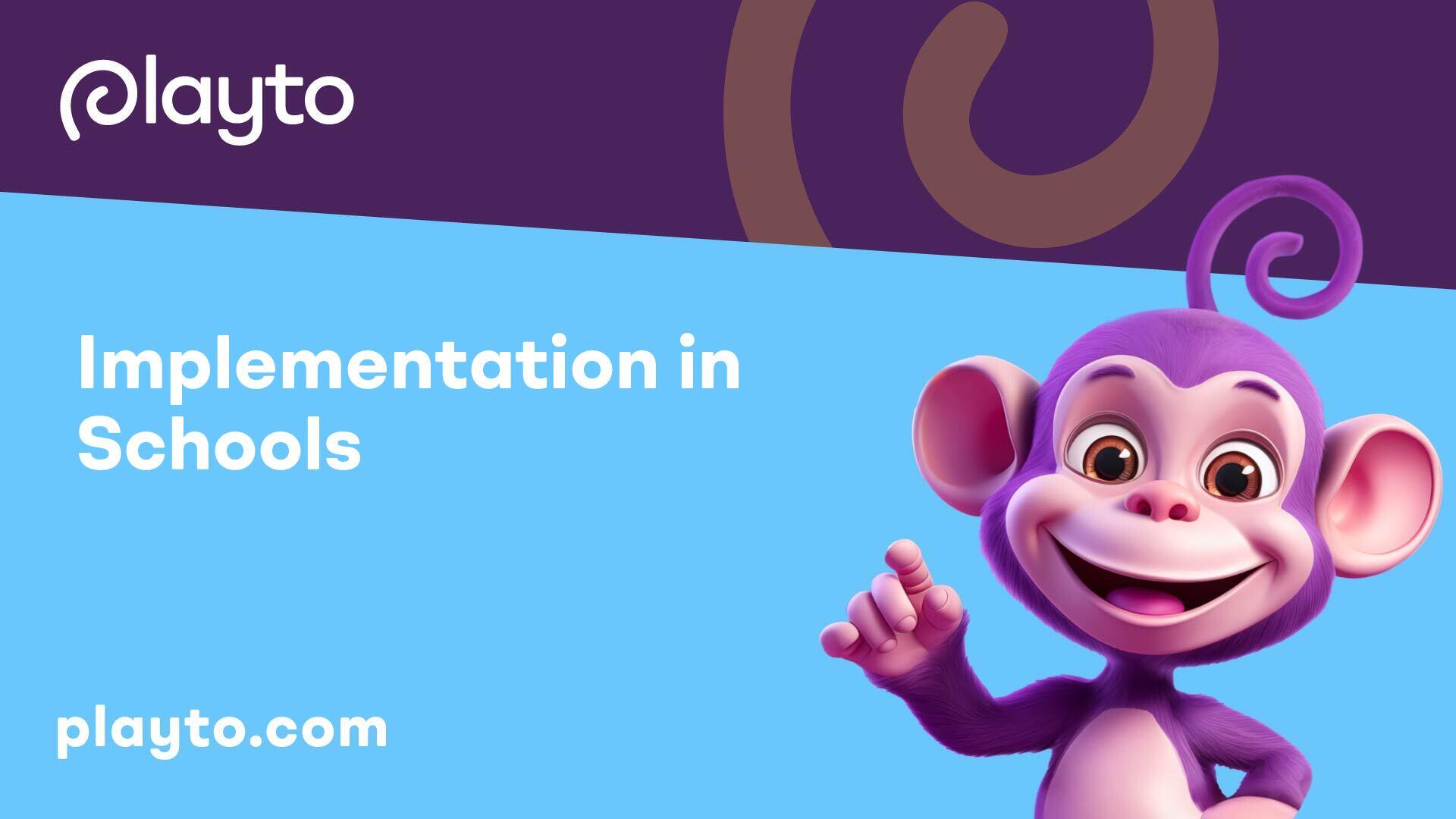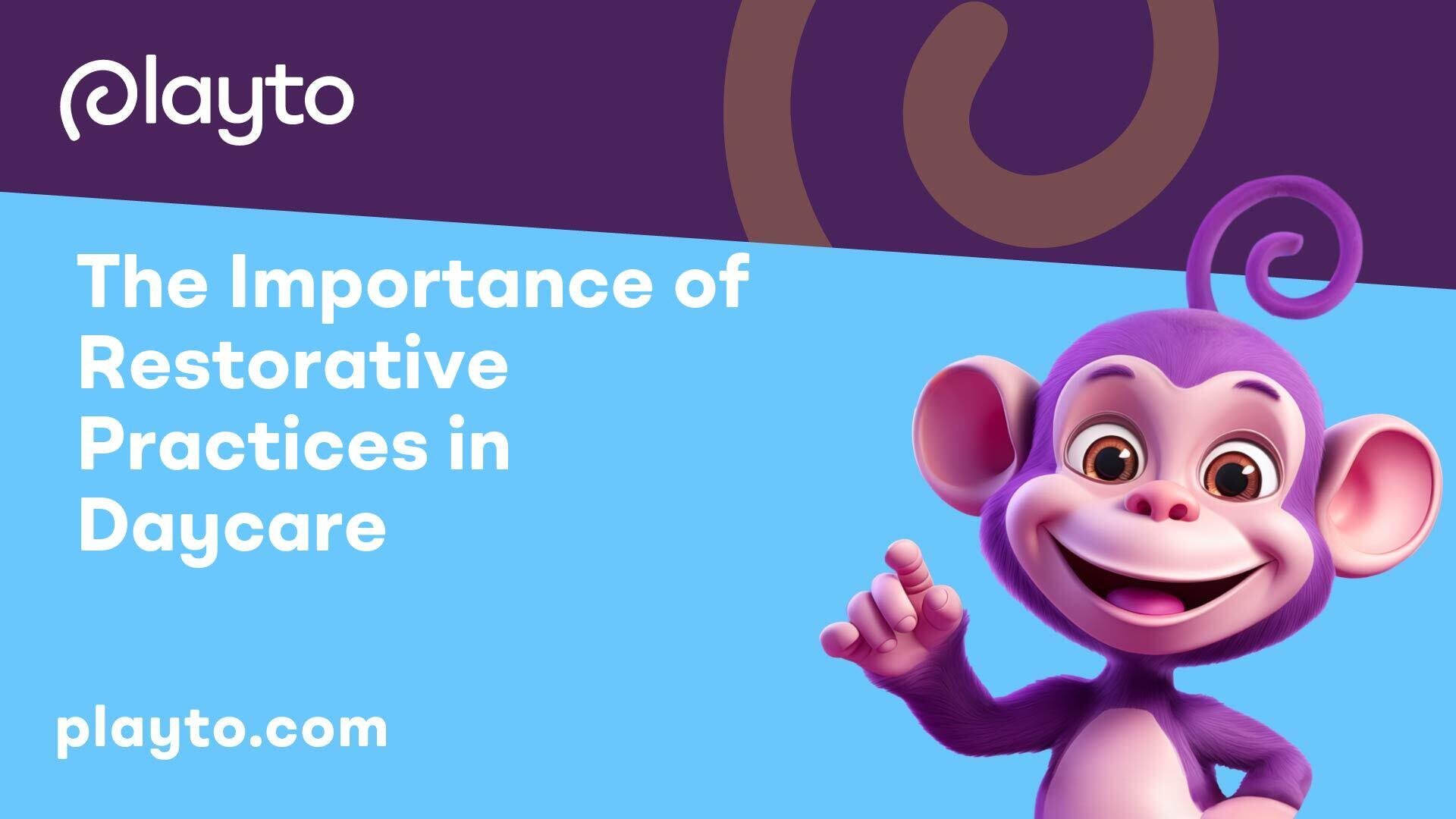
Understanding Restorative Practices
When it comes to the importance of restorative practices in daycare, it is essential to grasp the core definition and principles behind this approach. Restorative practice, as defined by the International Institute for Restorative Practices (IIRP), emphasizes understanding the root cause of misbehavior, exploring ways to bring healing to the community, and providing support to create positive behavioral changes rather than assigning guilt and punishment [1].
Restorative practices focus on understanding the needs, feelings, and responsibilities of all parties involved, with a focus on creating positive behavioral changes through support and growth. This approach aims to help children learn from their experiences and foster a sense of responsibility, rather than simply applying punitive measures that may not address the underlying issues.
Goals of Restorative Practices
The primary goals of restorative practices in daycare settings are to build strong in-school relationships and attachments, support student growth, and harmony within the community. Rather than opting for exclusionary discipline, restorative practices focus on empowering children to learn from their mistakes, understand the impact of their actions, and develop personally to make informed decisions and resolve conflicts effectively.
Experience has shown that implementing restorative practices can positively impact student behavior, decrease the reliance on exclusionary discipline, and enhance the overall school climate. By creating an environment that prioritizes understanding, growth, and accountability, restorative practices foster a sense of community and encourage children to take responsibility for their actions.
Understanding the fundamental principles and goals of restorative practices sets the stage for creating a nurturing and supportive environment in daycare facilities. By embracing these practices, daycare providers can foster positive relationships, support children in their personal growth, and cultivate a community built on understanding, empathy, and cooperation.

Implementation in Schools
When it comes to introducing restorative practices in daycare settings, understanding the benefits and strategies for implementation is key to fostering a positive and nurturing environment for children. Restorative practices focus on understanding the root cause of misbehavior, promoting healing in the community, and supporting positive behavioral changes rather than assigning guilt and punishment [1].
Benefits of Restorative Practices
Implementing restorative practices in daycare can lead to several positive outcomes, including improved behavior management, authentic communication, and enhanced classroom communities. By providing children with the tools to address conflicts and issues in a comfortable and supportive manner, restorative practices contribute to better behavior and a more harmonious learning environment.
The adoption of restorative justice programs within daycare centers can bring about a transformation in school culture, leading to stronger campus communities, reduced conflicts, prevention of bullying, and a decrease in suspensions and expulsions. Ultimately, these programs create happier and safer environments for children.
Strategies for Implementation
Successful implementation of restorative practices requires a systematic and comprehensive approach that encompasses various elements to ensure efficacy and sustainability. Key strategies for introducing restorative practices in daycare settings include:
- Whole-School Approach: Engage all stakeholders, including teachers, staff, parents, and students, in the implementation process to create a unified and supportive environment.
- Building Staff Buy-In: Provide training and resources to staff members to familiarize them with restorative practices and garner their support for the initiative.
- Accountability and Data Collection: Establish mechanisms to monitor and evaluate the impact of restorative practices, collecting data to measure effectiveness and make informed decisions.
- District-Level Infrastructure: Develop a framework at the district level to support the implementation of restorative practices across multiple daycare centers within a region.
- Focus on Building Capacity: Invest in ongoing professional development for staff to enhance their understanding of restorative practices and build their skills in facilitating restorative processes.
- Emphasize Community Engagement: Foster partnerships with families and the broader community to promote understanding and participation in restorative practices.
By following these strategies and adopting a holistic approach to implementation, daycare centers can create a nurturing and supportive environment that fosters positive relationships, communication, and conflict resolution among children. The integration of restorative practices can transform discipline, social skills development, well-being promotion, and conflict management within daycare settings, contributing to a more inclusive and equitable educational experience for all children [4].

Impact on School Culture
Implementing restorative practices in daycare settings has a profound impact on the overall school culture. By focusing on building community and fostering positive outcomes, daycare centers can create a nurturing environment that promotes social-emotional growth and conflict resolution skills among children.
Building Community
Restorative practices play a pivotal role in building community within daycare centers. By incorporating strategies such as community-building circles, norm setting, and restorative chats, children learn to communicate effectively, develop empathy, and build strong relationships with their peers and educators. These practices help establish a sense of belonging and collaboration, creating a supportive and inclusive environment for all children.
Positive Outcomes
The adoption of restorative practices in daycare settings leads to a myriad of positive outcomes. As children engage in restorative circles and discussions, they learn to express their emotions, resolve conflicts peacefully, and take responsibility for their actions. This not only enhances their social skills but also contributes to a more harmonious and respectful school culture.
Studies have shown that the implementation of restorative practices in schools results in tangible benefits, such as reduced behavior incidents, serious conflicts, and increased academic learning time [5]. By promoting a culture of mutual respect, understanding, and accountability, daycare centers can create a positive learning environment where children feel valued, supported, and empowered to thrive.
Restorative Circles in Education
In the realm of education, restorative circles serve as a valuable tool for fostering communication, building relationships, and resolving conflicts in a supportive and inclusive manner. These circles provide children with a safe space to express their emotions, address issues, and develop essential skills needed for social interactions. Let's delve into the purpose and benefits of restorative circles in education, along with their facilitation within schools.
Purpose and Benefits
Restorative circles in schools, as highlighted by Brightwheel, aim to create a conducive environment where children feel empowered to engage in open discussions, practice active listening, and cultivate mutual respect. By providing a platform for dialogue, these circles help students develop emotional intelligence, effective communication skills, and conflict resolution capabilities.
The primary benefits of incorporating restorative circles in education include:
- Building strong relationships among students and teachers
- Enhancing communication skills and empathy
- Encouraging active participation and engagement
- Fostering a sense of community and belonging
- Improving conflict resolution strategies
- Creating a positive and inclusive classroom atmosphere
Facilitation in Schools
Implementing restorative circles in schools involves several key steps, as highlighted by IIRP. Teachers play a crucial role in introducing the concept of restorative practices to students, establishing ground rules for participation, and guiding discussions during the circle sessions.
Facilitation of restorative circles includes:
- Providing a safe and structured environment for open dialogue
- Encouraging respectful communication and active listening
- Setting clear guidelines for the circle discussions
- Guiding students in addressing challenges and conflicts collaboratively
- Empowering children to take ownership of the circle process
- Promoting problem-solving and cooperative resolution methods
By embracing restorative circles in education, daycare centers can create a nurturing and supportive space where children can explore their emotions, develop social skills, and strengthen their relationships with peers and educators. The positive impact of these practices extends beyond conflict resolution, contributing to the overall well-being and growth of children in daycare settings.
Addressing Challenging Behaviors
In daycares, encountering challenging behaviors among children is not uncommon. It's vital to adopt restorative practices to address these behaviors effectively. Restorative practices in daycare focus on identifying the root causes of misbehavior and understanding the needs, feelings, and responsibilities of all parties involved. Rather than solely focusing on assigning blame and punishment, this approach seeks to bring healing to the community and support positive behavioral changes among children.
Root Causes Identification
Children often exhibit challenging behaviors in daycare as a way to communicate unmet needs. These behaviors can manifest as tantrums, defiance, or disruption. By identifying the root causes of such behaviors through restorative practices, educators can delve deeper into understanding and resolving the underlying issues. This approach aims to empower children to learn and grow from their experiences, fostering a supportive and nurturing environment for their development.
Effect on Student Development
Addressing challenging behaviors through restorative practices has a significant impact on student development. By emphasizing empathy, active listening, effective communication, and curiosity to explore feelings and needs, children are encouraged to express themselves confidently and take responsibility for their actions. Implementing restorative practices such as circles, conversations, and class meetings creates a culture of trust, positive relationships, and accountability. This supportive environment enables children to learn valuable social and emotional skills that lay a strong foundation for their future growth and success.
Restorative practices not only manage challenging behaviors effectively but also contribute to the holistic development and well-being of children in daycare settings. By prioritizing understanding, healing, and growth, restorative approaches create a nurturing environment that nurtures positive behavior and empowers children to thrive academically and socially.
Restorative Justice and Discipline
When it comes to the importance of restorative practices in daycare, one crucial aspect is the application of restorative justice and discipline. These practices play a pivotal role in transforming the culture of daycare settings and fostering a more inclusive and supportive environment for both children and caregivers.
Changing School Culture
Restorative justice, a vital component of restorative practices, serves as a catalyst for changing the culture within daycare facilities. By implementing restorative approaches, daycare centers can cultivate a sense of community, strengthen relationships, and promote empathy and understanding among all members of the daycare community. The emphasis on communication, accountability, and reconciliation helps create a positive and respectful atmosphere that values collaboration over confrontation.
Decreasing Exclusions and Conflicts
One of the significant benefits of incorporating restorative practices in daycare settings is the notable decrease in exclusions and conflicts among children. Studies have demonstrated that the use of restorative practices in schools has led to a decline in violent behaviors, bullying incidents, suspension rates, and other disciplinary sanctions. By offering an alternative to punitive measures and focusing on repairing harm and restoring relationships, restorative practices reduce the need for disciplinary actions and create a safer and more harmonious environment for all children.
The application of restorative justice principles, such as promoting dialogue, understanding root causes, and addressing issues collaboratively, empowers children to resolve conflicts effectively and develop essential social and emotional skills. By creating opportunities for children to express themselves, listen to others, and work together to find constructive solutions, daycare centers can nurture a culture of respect, empathy, and cooperation.
The success of integrating restorative justice and discipline lies in adopting a system-wide approach, building staff capacity, and fostering a culture of accountability and support. By embracing restorative practices, daycare facilities can create a nurturing and inclusive environment that prioritizes relationship-building, conflict resolution, and the holistic development of every child in their care.
Engagement with Families
When it comes to the importance of restorative practices in daycare, engaging with families plays a significant role in fostering a supportive and collaborative environment. By involving families in the implementation of restorative practices, daycares can enhance community support, provide consistent growth strategies at home, and keep parents informed about their child's progress.
Enhancing Community Support
Sharing information about restorative practices with families can strengthen the sense of community within the daycare setting. It allows parents to be actively involved in their child's behavioral development and promotes a unified approach to addressing conflicts and fostering positive relationships. Utilizing tools like brightwheel's communication feature enables educators to inform parents about the restorative practices their children have learned and the conflicts they have resolved [1].
By enhancing community support through family engagement, daycares can create a supportive network that prioritizes the well-being and growth of each child. When families are informed and involved in the restorative process, children receive consistent guidance, reinforcement, and encouragement both at daycare and at home.
Communicating Restorative Practices
Effective communication of restorative practices to families is essential for their successful implementation. Educators can share information with parents about the principles and goals of restorative practices, providing insights into how these approaches promote positive behavioral development and social-emotional learning. By engaging in open and transparent communication, families can better understand the strategies used in daycare and reinforce them outside of the daycare setting.
Moreover, communicating restorative practices to families enables parents to support and reinforce these practices at home, creating a cohesive environment that promotes consistency and reinforces positive behavior. By establishing clear channels of communication and sharing updates on their child's engagement with restorative practices, educators can strengthen the partnership between daycare and families, ultimately contributing to the overall well-being and growth of the children.
As daycares continue to recognize the value of restorative practices in nurturing a supportive and inclusive environment, engaging with families becomes a cornerstone of success. By enhancing community support and effectively communicating restorative practices, daycares can cultivate a collaborative approach that empowers children, supports their behavioral development, and fosters a culture of respect and understanding within the daycare community.
Success Factors and Challenges
Implementing restorative practices in daycare settings requires a thoughtful and comprehensive approach to ensure success. This involves adopting a system-wide approach and providing adequate training and support to the staff. However, there are challenges to be mindful of in this process. Let's explore the success factors and challenges of implementing restorative practices in daycare.
System-Wide Approach
A system-wide approach, as highlighted by studies from the Learning Policy Institute, is essential for the successful implementation of restorative practices in daycare. This approach involves integrating restorative practices as part of a multifaceted strategy for improvement. It encompasses:
- Incorporating restorative practices as a fundamental element of the daycare's operation.
- Utilizing a whole-school approach to ensure all staff members are aligned with the principles and techniques of restorative practices.
- Focusing on building staff buy-in and capacity to effectively implement restorative strategies.
- Developing accountability and data collection systems to monitor the impact of restorative practices.
- Establishing district-level infrastructure to support the implementation and sustainability of restorative practices.
Adopting a system-wide approach ensures that restorative practices are deeply ingrained in the daycare's culture and operations, enhancing the overall effectiveness of these practices in promoting positive interactions and resolving conflicts.
Staff Training and Integration
One of the critical success factors in implementing restorative practices in daycare is providing extensive training to staff members. According to the Learning Policy Institute, this training should focus on:
- Educating staff on the principles and techniques of restorative practices.
- Building the skills necessary to facilitate restorative circles and dialogues.
- Empowering staff to create a safe and supportive environment for children to engage in restorative processes.
- Ensuring that staff members are equipped to address challenging behaviors in a restorative manner.
Another key aspect is integrating restorative practices into the daily routines and disciplinary processes of the daycare. This integration requires continuous support and reinforcement to ensure that restorative approaches become a natural part of how conflicts are addressed and relationships are nurtured in the daycare setting.
While the benefits of restorative practices in daycare are significant, challenges such as the shift from traditional disciplinary methods, resource allocation, leadership support, and time constraints must be carefully navigated to achieve successful integration and implementation of these practices. By prioritizing a system-wide approach and investing in staff training and integration, daycares can create nurturing environments that promote positive behavior and enhance the overall well-being of the children in their care.
References
[1]: https://mybrightwheel.com/blog/restorative-practices-in-the-classroom
[2]: https://learningpolicyinstitute.org/product/wce-positive-school-climate-restorative-practices-brief
[3]: https://www.edweek.org/teaching-learning/opinion-ways-to-implement-restorative-practices-in-the-classroom/2020/01
[4]: https://www.ncbi.nlm.nih.gov/pmc/articles/PMC8751228/
[5]: https://www.education.sa.gov.au/parents-and-families/safety-and-wellbeing/behaviour-support/restorative-practices
